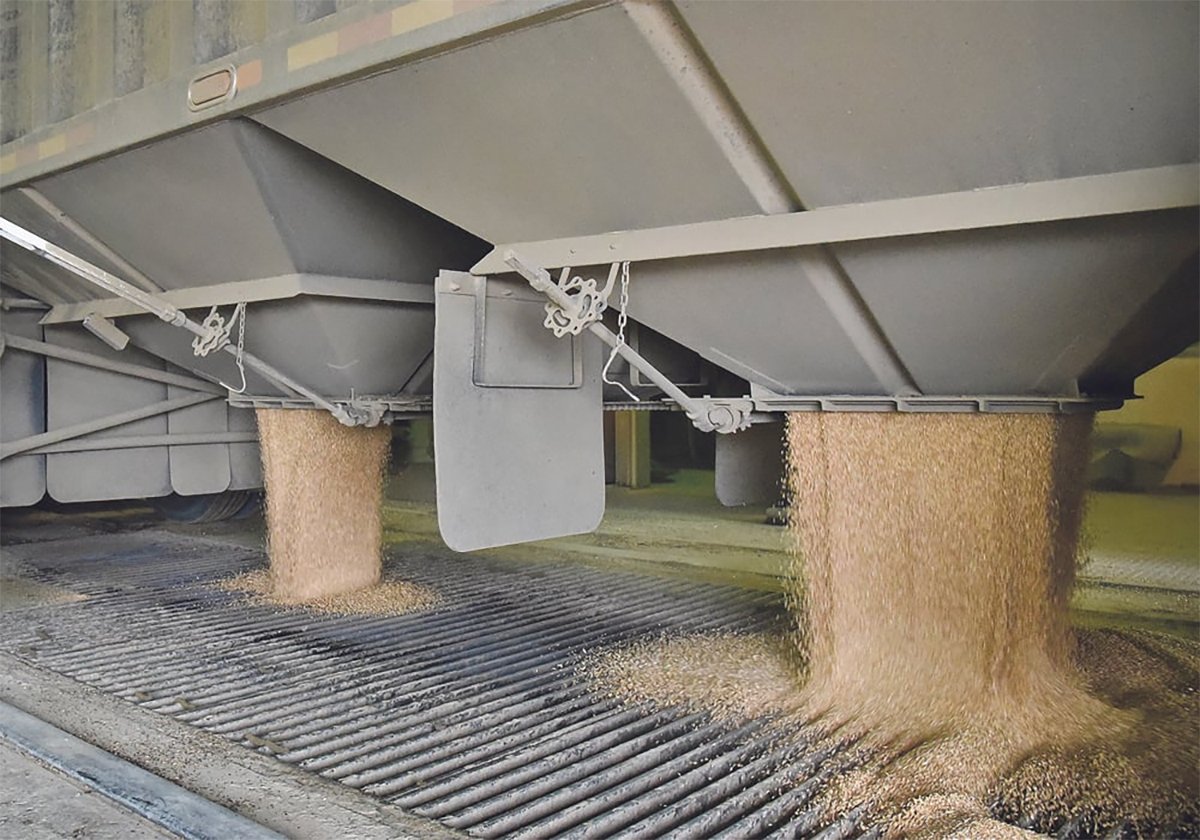Why, oh why, would researchers develop another genetically modified variety of flax, considering the market havoc caused by lingering vestiges of Triffid?Such was the lament of many in the flax industry upon hearing that researchers at the University of Alberta had developed a GM flax variety and received Canadian Food Inspection Agency approval for field trials this summer.The timing couldn’t have been worse. The flax industry is reeling from Europe’s ban on Canadian flax that contains traces of Triffid, a genetically modified but deregistered variety that is not approved in Europe. As the flax industry’s largest market by far, Europe’s ban has been a huge blow to domestic production and sales and will reduce seeded acreage this spring. No wonder that word of yet another GM variety was received with little enthusiasm and even outright horror in some circles. “We hope it doesn’t interfere with any other market,” noted Keystone Agricultural Producers president Ian Wishart, in a testy May 7 news release.A letter with content described as “fairly intense” was sent earlier to U of A oilseed variety developer Randall Weselake by the Flax Council of Canada. In it, the council stated its anxiety about potential dangers of further GM flax contamination in the commercial system.To his credit, Weselake recognized all the sensitivities and abandoned a plan for outdoor field trials this year. Fortunately, he plans to continue the research, but will grow more of the variety in a controlled greenhouse environment rather than in controlled field plots. Field tests provide more realistic data on how a new variety behaves under normal weather and environmental stressors, so research will be hindered but not halted.That is fortunate, because it’s important to continue research into new varieties despite the market turmoil that now plagues the industry. It won’t last forever. When it abates and/or when Europe relaxes its stringent GM content levels, research will help the flax industry toward better and more profitable times.”As university researchers, sometimes these areas are outside the comfort zone, but we have to ask fundamental questions and move forward,” said Weselake, quoted in the May 6 issue of the Producer. He is right.And it’s somewhat ironic that his research is exploring flax varieties with enhanced fatty acid content that could be used in the commercial fish-feeding industry and to enhance flax use in human food products. If Weselake’s varieties prove out, the new varieties could result in additional markets for flax that would reduce the industry’s major dependence on exports to Europe. It is also appropriate to note that the seed produced would be processed into oil and fed in trials to animals. Leftover material will be destroyed.Concern over introduction of another GM variety is understandable. Triffid’s effect on the industry has been disastrous and provides fodder for proponents of Bill C-474, which would introduce market acceptance as additonal criteria for approval of new GM varieties.For now, the criteria are solely science based. Market worries, however justified, should not be allowed to discourage research into other varieties, whether they are GM or non-transgenic.Of course the flax industry realizes this, and has invested in non-transgenic variety research that it hopes will produce healthier flax-based oils. It is an important development.This attention to research, despite temporary troubles, will help the flax industry realize greater potential and profitability for prairie farmers.Bruce Dyck, Terry Fries, Barb Glen, D’Arce McMillan and Ken Zacharias collaborate in the writing of Western Producer editorials.
Read Also

Worrisome drop in grain prices
Prices had been softening for most of the previous month, but heading into the Labour Day long weekend, the price drops were startling.














